Hello there! Have you ever wondered how you can prevent and handle wood splits? In this article, we’ll explore some effective ways to avoid wood splits and provide you with helpful tips on how to handle them if they do occur. Whether you’re a carpenter, a DIY enthusiast, or simply interested in woodworking, you’ll learn practical techniques to keep your wood projects intact and beautiful. So, let’s get started and ensure that your wood stays split-free!
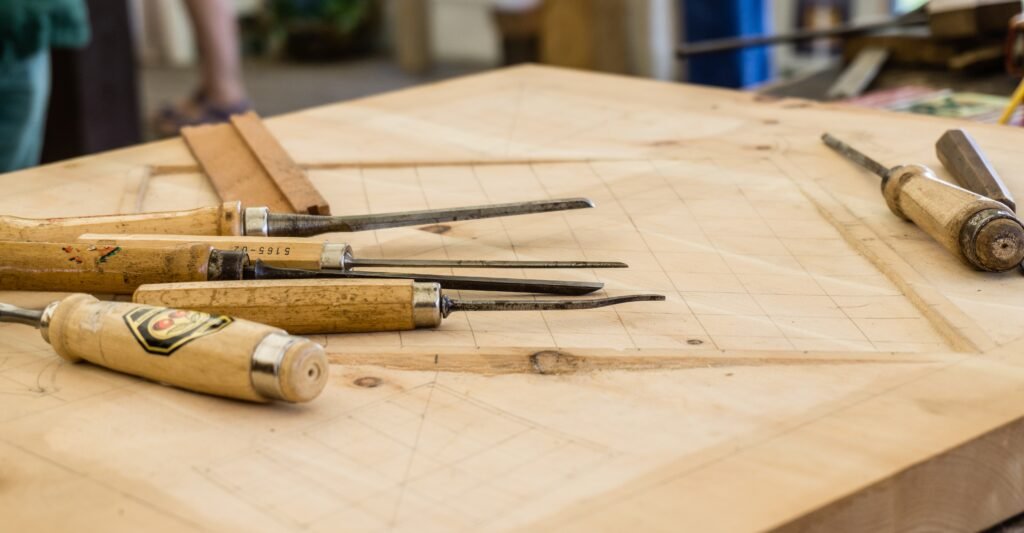
Wood Splits: Causes and Prevention
Wood splits can be a frustrating problem for any woodworker or homeowner. Not only do they compromise the overall aesthetics of the wood, but they can also weaken its structural integrity. Fortunately, understanding the causes of wood splits and implementing preventive measures can help you maintain the beauty and durability of your wooden pieces. In this article, we will explore the various causes of wood splits, techniques for identifying and assessing them, as well as effective methods for preventing and handling wood splits.
Understanding Wood Splits
Wood splits, also known as cracks or checks, occur when the wood shrinks and expands unevenly due to changes in moisture content. As the wood dries out, the cells contract, causing the wood to shrink. Conversely, when the wood absorbs moisture, the cells expand, leading to swelling. These fluctuations in moisture content cause the wood fibers to separate, resulting in splits.
Causes of Wood Splits
Several factors contribute to the occurrence of wood splits. One of the primary causes is rapid or uneven drying. When wood is exposed to high heat or low humidity, it tends to dry out quickly, causing the cells to shrink rapidly and result in splits. The presence of knots or other natural defects in the wood can also lead to splits, as these areas are prone to drying out unevenly.
Additionally, improper storage and inadequate seasoning of wood can contribute to split formation. Wood should be stored in a controlled environment with proper ventilation to allow for gradual and even drying. Failure to do so may result in moisture imbalance within the wood, leading to splits. Lastly, excessive exposure to sunlight or extreme temperature changes can also cause wood to split.
Preventing Wood Splits
While it may be impossible to completely eliminate the risk of wood splits, there are several preventive measures that you can take to minimize their occurrence. Proper wood storage and conditioning play a crucial role in preventing splits. Ensure that wood is stored in a well-ventilated area with consistent humidity levels. If you have freshly cut wood, it is recommended to let it air dry for several months before use, allowing the moisture to equalize throughout the wood.
Applying protective finishes, such as wood sealers or oils, can also help reduce the risk of splits. These finishes create a barrier that slows down the absorption and release of moisture, minimizing the stress on the wood fibers. Regular maintenance, including inspecting and repairing any minor splits promptly, is another key preventive measure. By addressing small cracks early on, you can prevent them from expanding further and compromising the wood’s integrity.
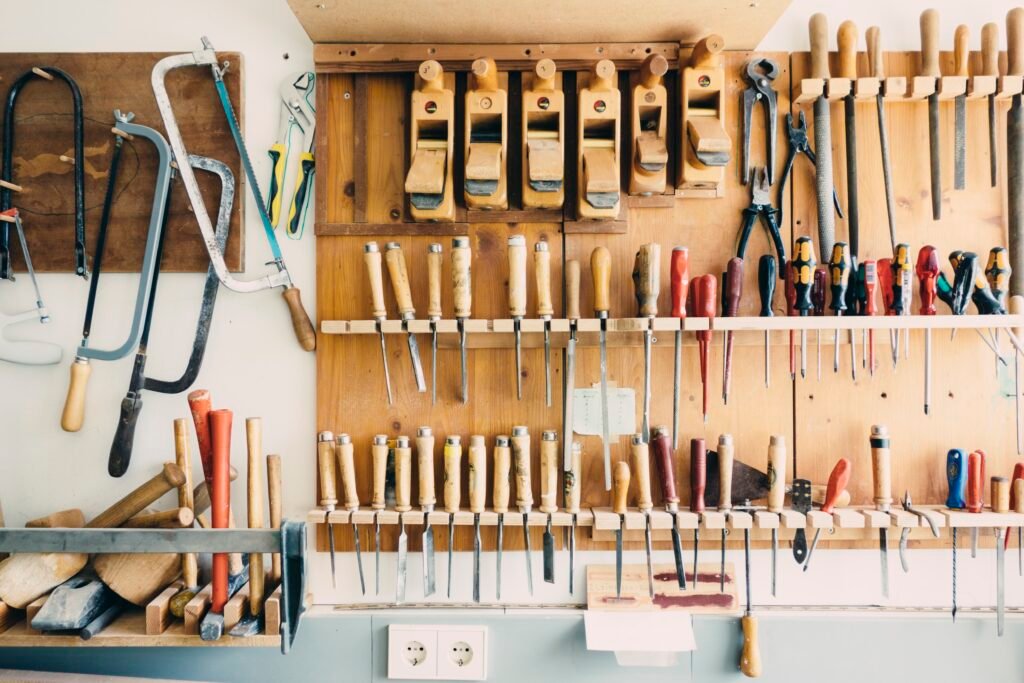
Identifying and Assessing Wood Splits
Recognizing wood splits is crucial to address them effectively. They can vary in size and severity, ranging from small, superficial cracks to deep, lengthy splits. When examining wood for splits, it is essential to inspect the surface from multiple angles, as some splits may be visible only from certain perspectives.
Assessing the severity of wood splits is important for determining the appropriate course of action. Superficial splits that do not compromise the structural integrity of the wood can be easily repaired, while severely split wood may require replacement.
Handling Wood Splits
Repairing minor wood splits is a relatively simple process. First, clean the split area by removing any loose splinters or debris. Then, apply wood filler or epoxy into the split, pressing it firmly with a putty knife to ensure it fills the gap completely. Allow the filler to dry thoroughly before sanding it down to achieve a smooth and even surface. Finally, finish the repaired area with the appropriate paint or finish to match the surrounding wood.
In cases where the split is severe and compromises the integrity of the wood, replacing the piece may be the best option. This is especially true for load-bearing structures where the split could weaken the overall stability. When replacing a split piece, make sure to select a suitable wood species with similar grain patterns to maintain consistency in appearance.
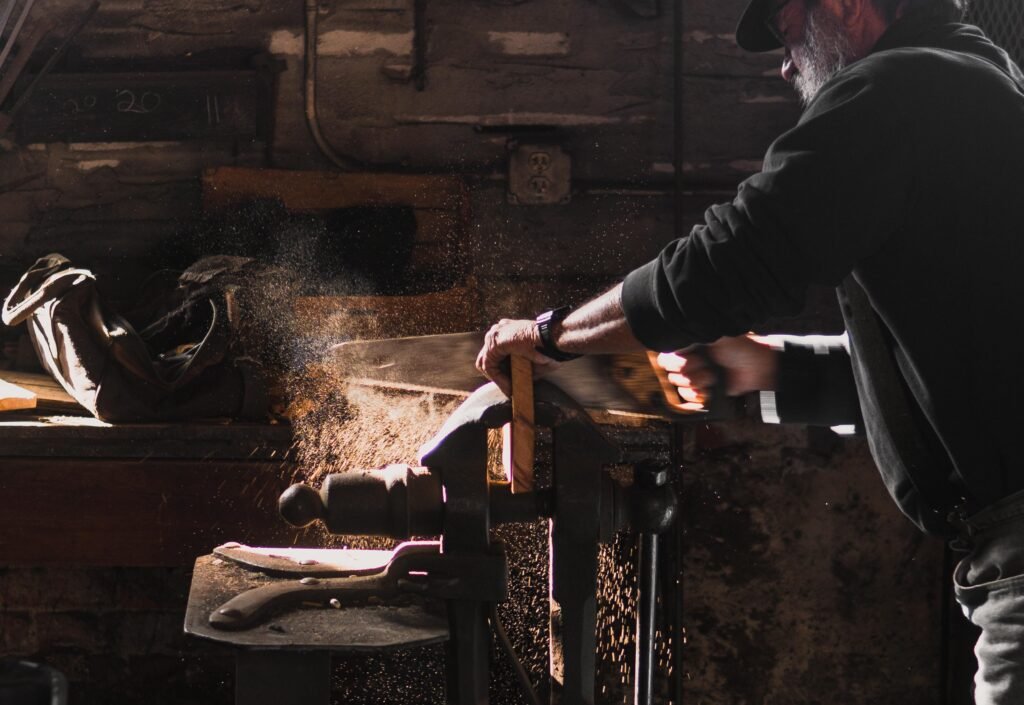
Tools and Materials for Wood Split Prevention and Handling
Essential tools for wood split handling include a putty knife, sandpaper, wood filler, and paint or finish for repairs. These tools are readily available at most hardware stores and are relatively inexpensive. Additionally, a moisture meter can be a valuable investment to accurately measure the moisture content of wood and determine if it is suitable for use.
When it comes to wood split prevention, there are several recommended materials you can use. Applying a wood sealer or preservative can help protect the wood from absorbing excess moisture. Additionally, wax or oil-based finishes provide a protective layer that slows down moisture exchange, reducing the risk of splits.
Best Practices for Wood Split Prevention
Proper wood storage and conditioning are fundamental practices for preventing wood splits. Store wood in a well-ventilated area with consistent humidity levels to allow for gradual drying. Avoid storing wood directly on concrete, as it can lead to moisture transfer and uneven drying. If possible, stack wood with spacers to enhance air circulation.
Applying protective finishes, such as wood sealers or oils, is another effective preventive measure. These finishes create a barrier that slows down moisture exchange, reducing the chances of splits. Regular maintenance should also be a part of your wood split prevention routine. Inspect the wood periodically and address any signs of splits promptly to prevent further damage.
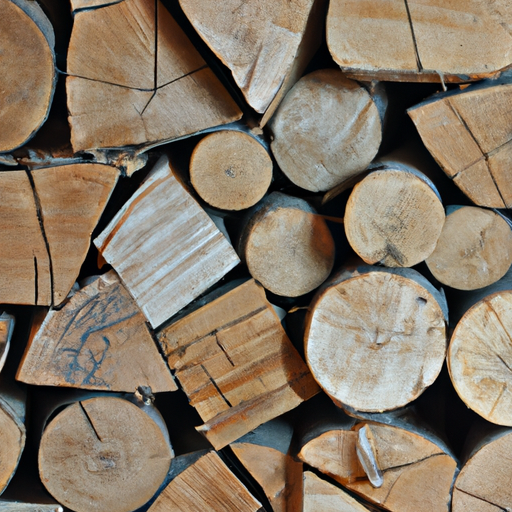
Effective Techniques for Wood Split Repair
When it comes to repairing wood splits, filling and patching are commonly used techniques. For small cracks, wood filler or epoxy can be applied, filling the gap and restoring the integrity of the wood. Sanding the repaired area will help achieve a smooth finish. For larger or deeper splits, wood splines can be used for reinforcement. A spline is a thin strip of wood inserted into the split, providing additional structure and preventing further splitting.
Working with Different Wood Types
Different wood species have varying properties and vulnerabilities when it comes to splits. Some woods, such as oak and cherry, are more prone to splitting due to their natural characteristics. Understanding the properties of the wood you are working with and taking appropriate preventive measures can help minimize the risk of splits. For example, applying a sealer or finish that is compatible with the wood species can help reduce the chances of splits.
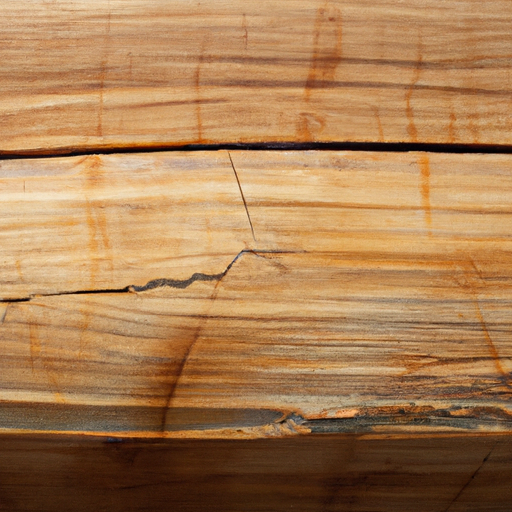
Preventive Measures During Woodworking Projects
Choosing appropriate joinery techniques is crucial for preventing wood splits. Some joinery methods, such as using dowels or biscuits, can provide additional strength to the wood, reducing the risk of splits. Additionally, minimizing internal stresses in the wood during the construction process can help prevent splits. This can be achieved by using dry or seasoned wood and avoiding excessive force or pressure during assembly.
Signs of Wood Splitting and Cracking
Inspecting common warning signs can help you identify potential wood splits before they become more severe. Look for small surface cracks or checks, especially in areas near knots or imperfections. These early signs can indicate an underlying moisture imbalance that may lead to further splitting. Understanding the factors that lead to wood splitting, such as rapid or uneven drying, can help you take preventive measures in a timely manner.
Conclusion
Wood splits are a common issue that can affect the aesthetics and integrity of wooden pieces. By understanding the causes of wood splits and implementing preventive measures, you can minimize the risk of splits and maintain the beauty and durability of your woodwork. Proper wood storage and conditioning, applying protective finishes, and regular maintenance are essential practices for wood split prevention. When faced with wood splits, identifying and assessing their severity will help you determine the appropriate handling technique. Whether it’s repairing minor splits or replacing severely split wood, taking the right steps will ensure your woodwork remains beautiful and long-lasting. So, take the necessary precautions and enjoy the beauty of well-maintained wood for years to come.





